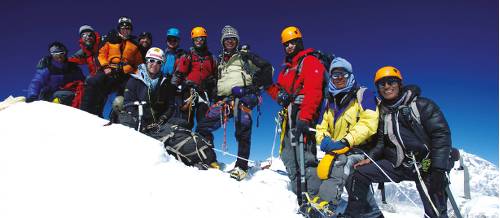
In the realm of mountain photography, capturing breathtaking images requires a comprehensive understanding of various aspects. From selecting the right camera gear to mastering composition techniques and leveraging optimal lighting conditions, photographers must navigate through a multitude of challenges.
This article delves into ten essential aspects of mountain photography, providing a technical and informative exploration of:
- Camera gear: Learn about the best cameras, lenses, and accessories for capturing stunning mountain shots.
- Composition: Discover the art of composing visually appealing images, including the rule of thirds and leading lines.
- Lighting: Understand how to use natural light to your advantage and create dramatic effects in your mountain photographs.
- Weather challenges: Overcome the difficulties of shooting in unpredictable weather conditions, such as rain, snow, or fog.
- Wildlife shots: Learn techniques for capturing wildlife in their natural mountain habitat, including tips on patience and observation.
- Action shots: Capture the energy and movement of mountain sports, such as skiing, climbing, or mountain biking.
- Post-processing techniques: Enhance your mountain photographs using software tools like Adobe Lightroom or Photoshop.
- Drone photography: Explore the unique perspective and stunning aerial shots that drones can offer in mountain photography.
- Astrophotography: Discover how to capture the beauty of the night sky and star trails in mountainous landscapes.
- Take your skills to the next level and capture the awe-inspiring beauty of mountains with precision and finesse.
By delving into these essential aspects, you can enhance your skills and capture breathtaking mountain photographs that showcase the awe-inspiring beauty of these majestic landscapes.
Camera Gear
The camera gear used in mountain photography plays a crucial role in capturing breathtaking images of these majestic landscapes.
When it comes to camera gear, there are several key aspects to consider. First and foremost, a high-quality camera body with a large sensor is essential for capturing fine details and maintaining image quality.
Additionally, a wide-angle lens is often favored in mountain photography to capture the expansive vistas and the grandeur of the landscape.
In recent years, drone photography has gained popularity in mountain photography, allowing photographers to capture unique aerial perspectives. Utilizing a drone with a high-resolution camera and stable gimbal system can result in stunning aerial shots of mountain peaks, valleys, and winding rivers.
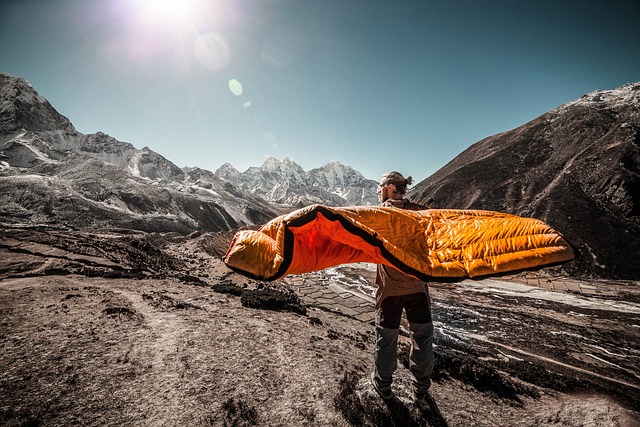
Composition
When it comes to composition in mountain photography, there are several key points to consider.
The rule of thirds is a fundamental principle that helps create a balanced and visually appealing image. By dividing the frame into thirds both horizontally and vertically, the photographer can position the main subject or points of interest along these lines or at their intersections.
Leading lines are another powerful compositional tool that guides the viewer's eye and adds depth to the image. They can be natural elements like rivers or paths that lead towards the main subject or create a sense of perspective.
Lastly, negative space is the area around the main subject that is intentionally left empty to emphasize its importance and create a sense of simplicity and focus.
Rule of Thirds
A crucial aspect in mountain photography is the application of the rule of thirds for achieving balanced and visually appealing compositions.
The rule of thirds involves dividing the image into a grid of nine equal parts by drawing two vertical and two horizontal lines.
The primary subjects of the photograph are then placed along these lines or at the points where the lines intersect.
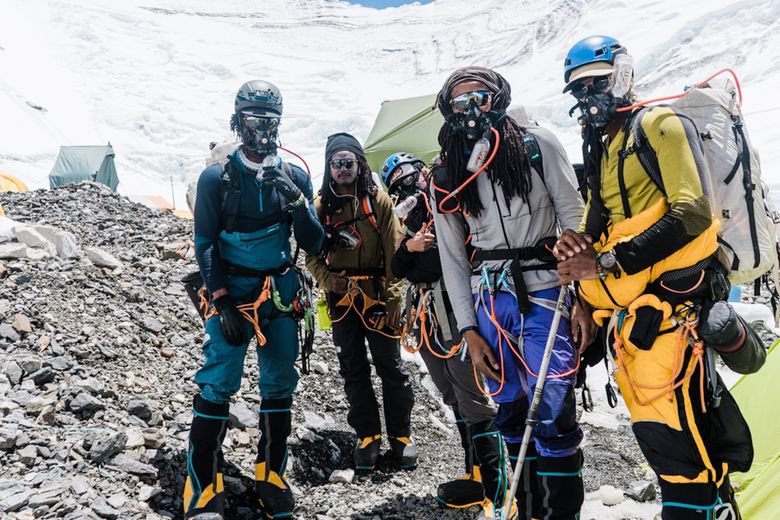
This technique helps create a sense of balance and adds interest to the composition.
By following the rule of thirds, photographers can avoid placing the main subject right in the center of the frame, which can result in a static and less engaging image.
The rule of thirds is a fundamental principle in photography, along with other composition techniques like the golden ratio.
Applying these principles can greatly enhance the visual impact of mountain photographs.
Leading Lines
To effectively utilize leading lines in mountain photography, photographers frequently employ specific composition techniques. Leading lines are powerful tools that guide the viewer's eye through the image, creating a sense of depth and visual interest.
When photographing mountains, photographers often seek out natural elements such as rivers, roads, or trails that can serve as leading lines. These lines can be used to draw attention to a specific focal point in the image, such as a majestic peak or a winding path.
Negative Space
Photographers often utilize negative space in mountain photography to create a sense of simplicity and emphasize the grandeur of the landscape.
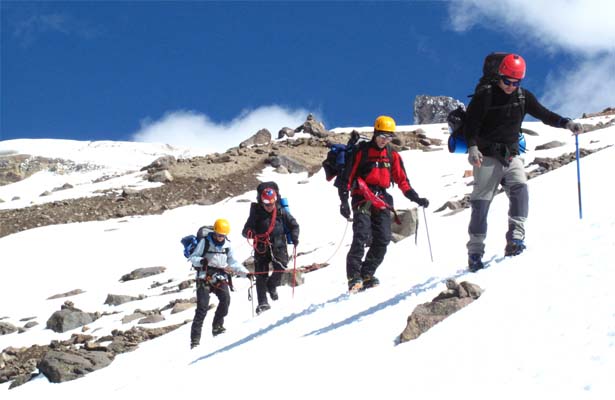
Negative space refers to the area surrounding the main subject, known as the positive space. By intentionally leaving empty spaces within the frame, photographers can draw attention to the subject and evoke a feeling of minimalism.
In mountain photography, negative space can be used to highlight the vastness and scale of the mountains, allowing viewers to appreciate their majestic presence. This compositional technique also helps to eliminate distractions and clutter, resulting in a clean and uncluttered image.
Lighting
Lighting plays a crucial role in capturing stunning mountain photographs. The right lighting can enhance the mood and bring out the textures and details of the mountains.
There are two key lighting conditions that are particularly favorable for mountain photography:
Low light: Shooting in low light can create a dramatic and moody atmosphere. This can be achieved during the golden hour, which is the period right after sunrise or before sunset when the sun is low in the sky. The soft, warm light during this time can cast long shadows and create a beautiful golden glow on the mountains.
Golden hour: As mentioned earlier, the golden hour refers to the period right after sunrise or before sunset. This is when the light is softer and warmer, creating a magical and ethereal quality to the photographs. The colors are more vibrant, and the mountains are bathed in a warm, golden light that adds depth and dimension to the images.
Weather Challenges
Weather conditions can present significant challenges for capturing stunning mountain photographs. The unpredictable nature of weather conditions in mountainous regions can make it difficult to plan and execute a photography shoot. One of the main challenges photographers face is the ever-changing light conditions. Cloud cover can create dramatic lighting effects, but it can also result in poor visibility and uneven lighting.
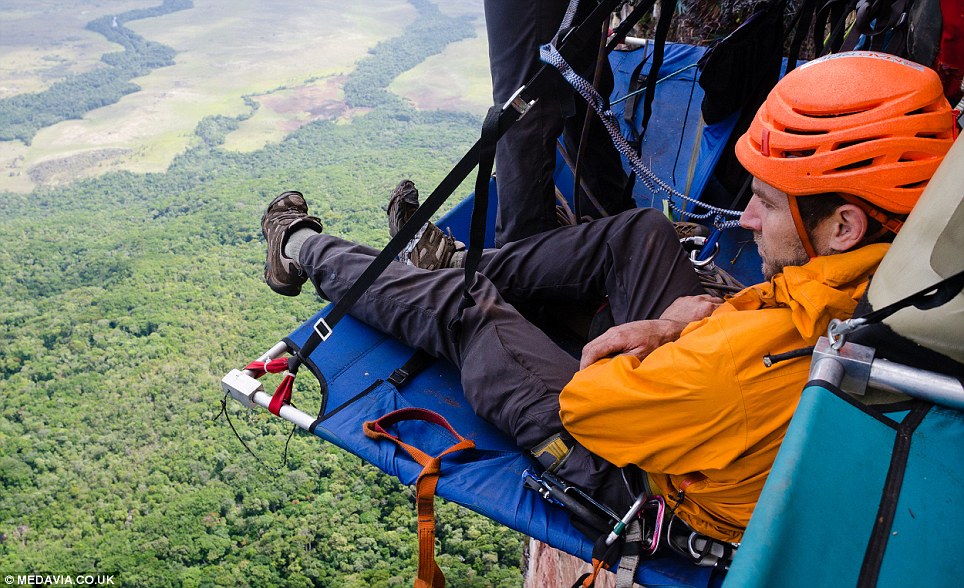
Another aspect to consider is the impact of extreme weather conditions on camera equipment. Cold temperatures can drain battery life quickly, and moisture can damage sensitive electronic components. These equipment limitations must be taken into account when shooting in mountainous areas.
Additionally, photographers need to be prepared for sudden weather changes and adapt their shooting techniques accordingly to capture the beauty of the mountains while overcoming the challenges presented by weather conditions.
Wildlife Shots
When considering the diverse challenges of mountain photography, capturing wildlife shots adds an additional layer of complexity to the already unpredictable nature of shooting in mountainous regions. In order to successfully photograph wildlife in these environments, it is crucial to understand wildlife behavior and their habitat.
Here are some key considerations:
Knowledge of Wildlife Behavior
Understanding the behavior of the specific wildlife species you are photographing can greatly increase your chances of capturing compelling shots. Familiarize yourself with their habits, movement patterns, and social dynamics to anticipate their actions and capture unique moments.
Researching Wildlife Habitat
Knowing the preferred habitats of the wildlife you want to photograph is essential. Study their natural habitats, including vegetation, water sources, and topography, to find the best locations for wildlife encounters and opportunities for stunning shots.
Landscape Photography
Continuing from the previous subtopic on wildlife shots, landscape photography in mountainous regions requires a keen eye for capturing the vast and breathtaking natural scenery. When photographing landscapes in the mountains, it is important to consider the composition of the scene. Look for interesting foreground elements such as rocks or trees to add depth and perspective to your images.
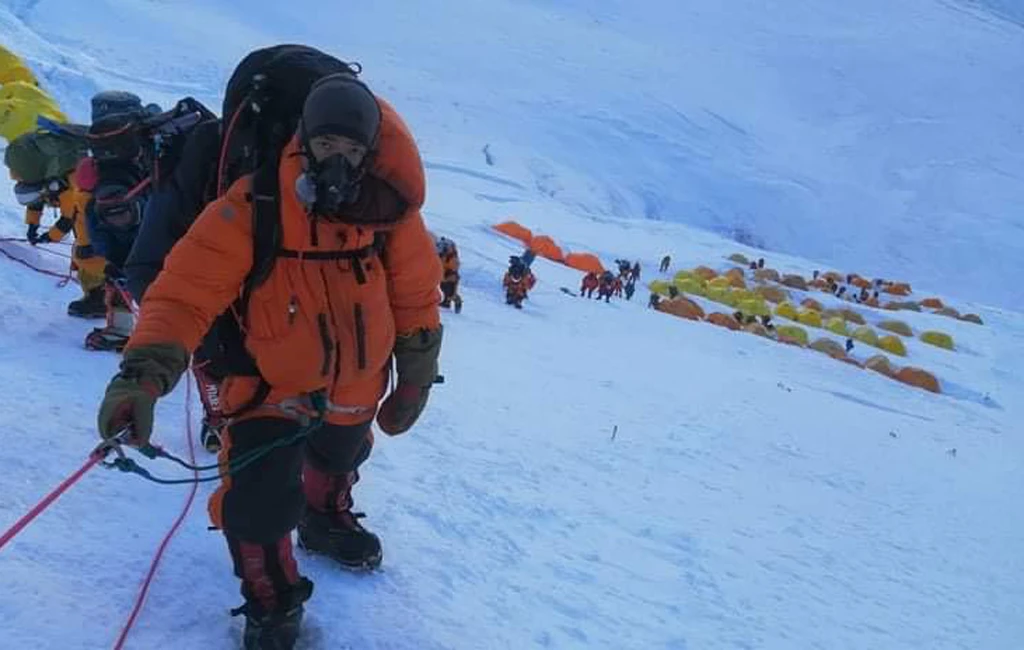
Additionally, the lighting conditions can greatly impact the mood and overall quality of your photographs. Golden hour, which occurs during sunrise and sunset, often provides soft and warm light that enhances the beauty of the landscape.
In terms of camera settings, using a smaller aperture (higher f-number) can help achieve a larger depth of field, allowing for sharpness from foreground to background. Experimenting with different focal lengths can also provide unique perspectives and compositions.
Action Shots
Action shots in mountain photography require techniques to freeze fast-paced motion and capture dynamic movements.
To achieve this, photographers must understand the importance of using a fast shutter speed to avoid motion blur and the significance of selecting the right focus mode to maintain sharpness on the subject.
Additionally, utilizing burst mode can help capture a series of shots in quick succession, allowing photographers to choose the perfect moment to showcase the energy and intensity of the action.
Freezing Fast-Paced Motion
To capture fast-paced motion in action shots, it is imperative to employ techniques that freeze the subject's movement. Whether you are freezing waterfalls or capturing sports, here are some essential methods to achieve this:
Shutter Speed:
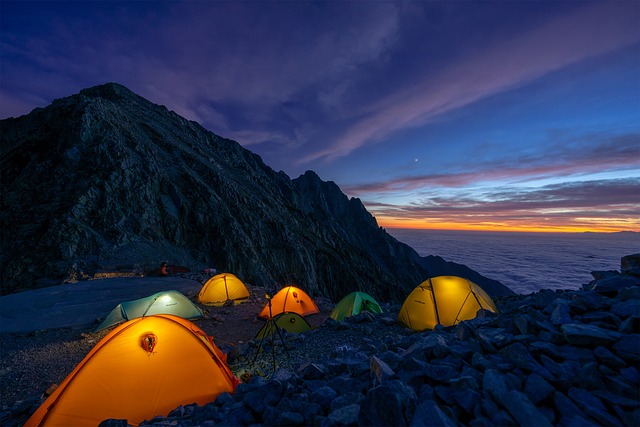
Increase the shutter speed to freeze the motion effectively.
Experiment with faster shutter speeds to capture the subject's movement with sharpness and clarity.
Burst Mode:
Utilize burst mode to capture a series of images in quick succession.
This allows you to choose the best shot from the sequence, ensuring you capture the perfect moment.
By combining a fast shutter speed and burst mode, you can freeze the fast-paced motion in action shots, resulting in striking and dynamic photographs.
These techniques are essential for freezing waterfalls to capture their flowing beauty or nailing that decisive moment in sports photography.
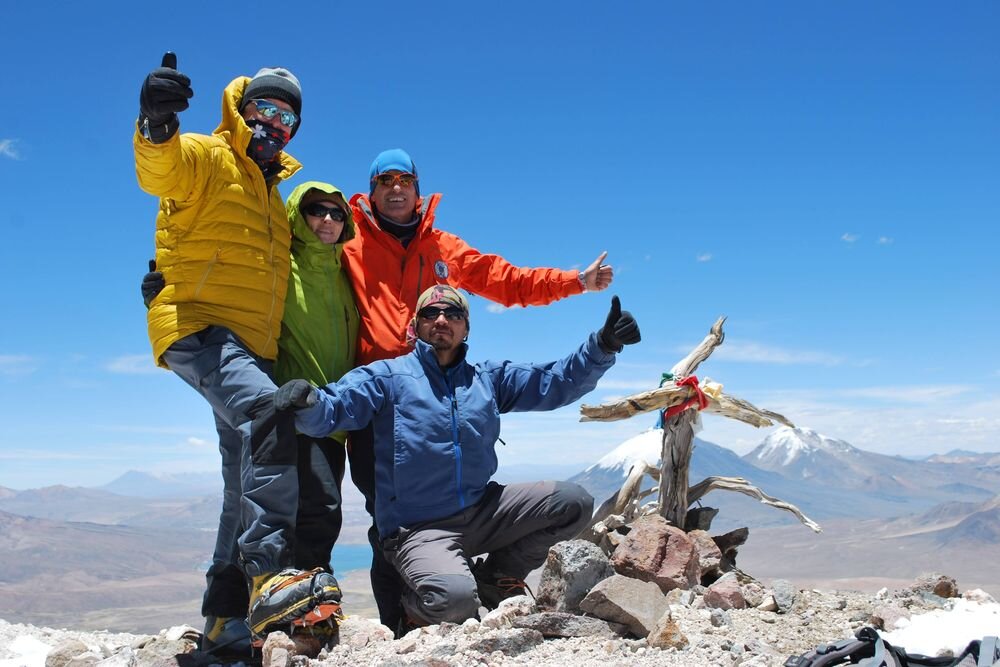
Capturing Dynamic Movements
To effectively capture dynamic movements in action shots, it is crucial to employ techniques that emphasize the subject's energy and motion. When it comes to photographing dynamic sports, such as mountain biking or snowboarding, the use of long exposures can be particularly effective.
Long exposures involve using slower shutter speeds, allowing the camera to capture the subject's movement over a longer period of time. This technique results in blurred backgrounds and sharp, focused subjects, creating a sense of speed and motion.
To achieve successful long exposure action shots, it is important to use a tripod to keep the camera steady and maintain sharpness in the subject. Additionally, experimenting with different shutter speeds and panning techniques can help achieve desired results.
Post-Processing Techniques
One essential post-processing technique for mountain photography is enhancing the dynamic range of the image. This technique allows for a greater tonal range, ensuring that both the highlights and shadows are properly exposed. To achieve this, photographers can employ various image editing tools and software.
Here are two sub-lists that explain some post-processing techniques commonly used in mountain photography:
- Exposure Adjustment:
- Graduated Filters: These filters darken the sky portion of the image while preserving the foreground, creating a balanced exposure.
- HDR (High Dynamic Range): By merging multiple exposures of the same scene, HDR allows for a wider dynamic range in the final image.
- Color Correction:
- White Balance Adjustment: This technique ensures accurate color representation by eliminating color casts caused by different lighting conditions.
- Vibrance and Saturation: Adjusting these settings can enhance the colors of the landscape, making the image more visually appealing.
Drone Photography
Drone photography offers numerous benefits to mountain photographers. It allows them to capture unique and breathtaking images from previously unattainable angles. By utilizing drones, photographers can achieve creative perspectives that showcase the grandeur and scale of the mountainous landscape.
However, it is crucial to be aware of legal considerations and restrictions when operating drones in mountainous areas. Regulations vary and can impact the ability to capture certain shots.
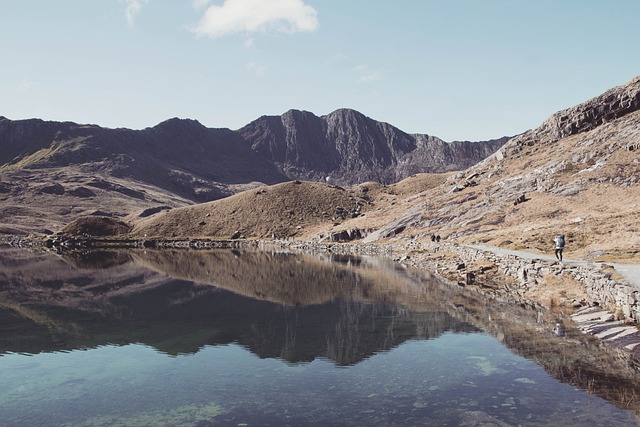
Benefits of Drones
The utilization of aerial drones in mountain photography offers unparalleled perspectives and expanded creative possibilities. Drones provide a unique vantage point that was previously only accessible to professional photographers with access to helicopters or airplanes. With drones, photographers can capture breathtaking aerial shots of mountains, valleys, and other natural features from various angles and elevations.
Some benefits of drone photography in mountain landscapes include:
Aerial Perspectives:
Drones allow photographers to capture stunning aerial views of mountains, showcasing their grandeur and scale. They provide a new way to explore and document remote and inaccessible areas, revealing hidden landscapes and unique perspectives.
Drone Regulations:
It is important for photographers to familiarize themselves with local drone regulations to ensure safe and legal operations. Understanding airspace restrictions, flight height limits, and privacy concerns is crucial to avoid potential legal issues and ensure responsible drone usage.
Creative Angles and Perspectives
Utilizing aerial technology, photographers can employ innovative angles and perspectives to capture the essence of mountain landscapes. Drone photography offers unique perspectives and allows photographers to explore unconventional angles that were previously inaccessible.
By flying a camera-equipped drone above the mountainous terrain, photographers can capture breathtaking views from above, revealing the grandeur and scale of the mountains. This aerial perspective provides a fresh and captivating visual experience for viewers. It allows photographers to showcase the intricate details of the landscape, such as the winding trails, jagged peaks, and deep valleys.
With the ability to maneuver the drone in different directions and altitudes, photographers can experiment with composition and framing, resulting in visually stunning photographs that offer a fresh take on mountain photography. The use of drones truly revolutionizes the way photographers capture mountain landscapes, offering endless possibilities for creative expression.

Legal Considerations and Restrictions
Continuing the exploration of mountain photography, it is important to address the legal considerations and restrictions associated with capturing aerial perspectives using drones. When it comes to drone photography in mountainous areas, there are several permit requirements and privacy concerns that need to be taken into account:
Permit Requirements:
Before operating a drone in mountainous regions, it is essential to check the local regulations and obtain any necessary permits or licenses. Some mountainous areas may have specific restrictions or designated no-fly zones for drones, so it is crucial to research and adhere to these guidelines.
Privacy Concerns:
When capturing aerial shots with a drone, it is important to respect the privacy of individuals and property owners. Avoid flying over private property without permission and be aware of any local laws regarding privacy and surveillance.
Astrophotography
Astrophotography entails capturing celestial objects and phenomena through the lens of a camera. It is a specialized form of photography that requires specific techniques and equipment to capture the beauty of the night sky.
One popular technique in astrophotography is capturing star trails. Star trails are created when the Earth's rotation causes the stars to appear as streaks in the sky. To capture star trails, photographers use long exposures and a sturdy tripod to keep the camera steady. Additionally, remote shutter releases or intervalometers can be used to automate the process and ensure precise timing.
In terms of equipment, wide-angle lenses with low aperture settings are commonly used to capture the vastness of the night sky and the intricate details of the stars.
 Travel AdviceDigital NomadsExPat LivingTravel Content Creation HacksPlaces to VisitAdventure TravelPrivacy PolicyTerms And Conditions
Travel AdviceDigital NomadsExPat LivingTravel Content Creation HacksPlaces to VisitAdventure TravelPrivacy PolicyTerms And Conditions
